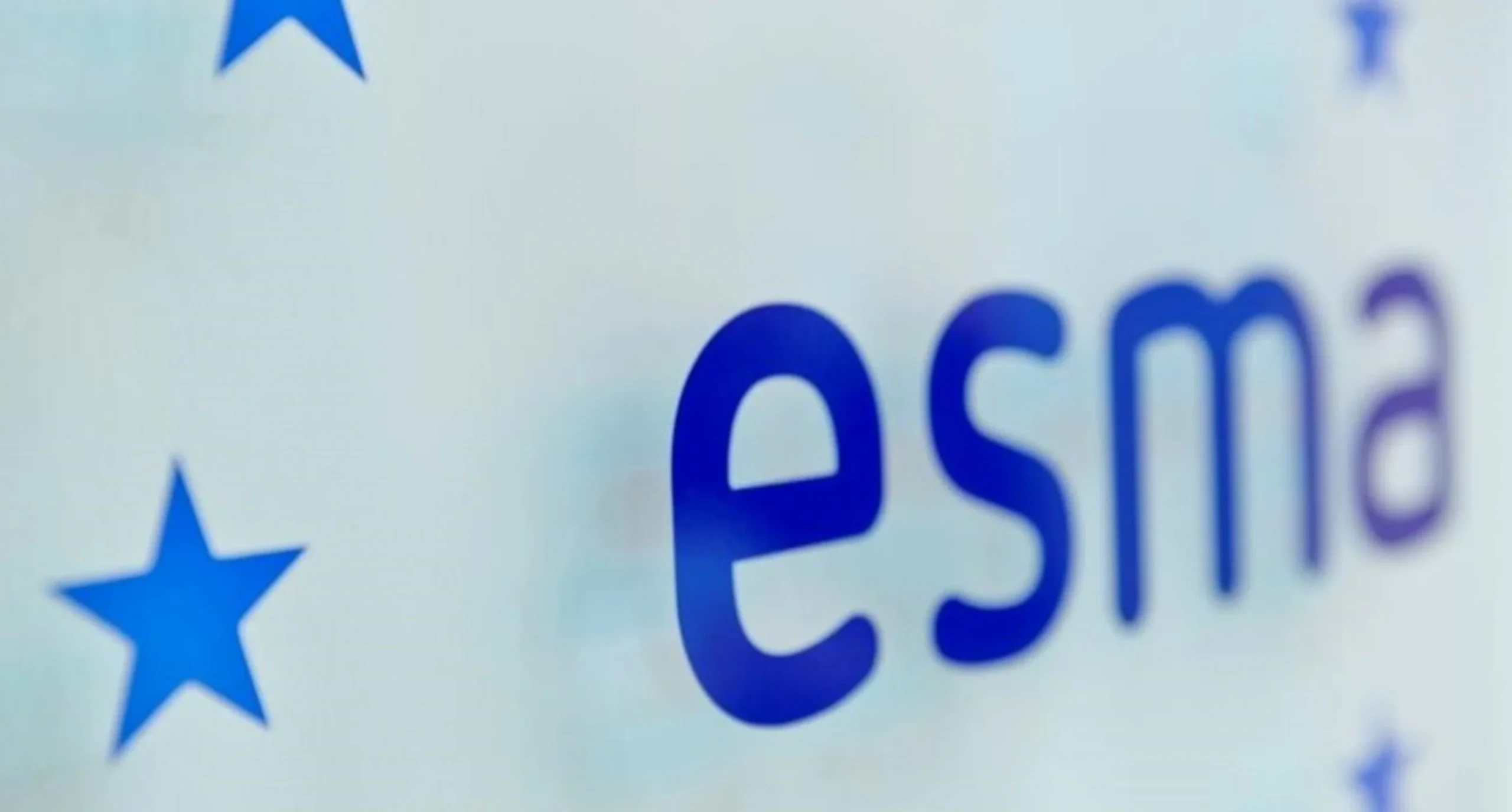SAP Launches Sustainability Data Exchange to Help Companies Achieve Net-Zero Goals

|
Listen to this story:
|
Technology will be a defining theme of COP29. Will SAP’s New Carbon Data Sharing Platform become one of the world’s most valuable tool in the fight against climate change?
Key Impact Points:
- SAP announces general availability of SAP Sustainability Data Exchange, enabling standardized carbon data sharing across supply chains.
- The application helps companies move from estimated to actual emissions data, facilitating better collaboration and action on climate goals.
- Interoperable with industry standards like Catena-X and PACT, it supports organizations in implementing net-zero strategies and making informed financial decisions.
Transforming Carbon Data Exchange
SAP has announced the general availability of SAP Sustainability Data Exchange, a SaaS application designed to revolutionize how companies collect, share, and analyze carbon-related data. This tool aims to support organizations in achieving net-zero emissions by enabling standardized carbon data sharing across their supply chains.
Why it matters: While controlling direct emissions is relatively straightforward, mitigating emissions throughout the entire supply chain is complex and time-consuming. Companies often face challenges due to outdated tools like spreadsheets and a lack of standardized carbon footprint calculations, leading to reliance on industry averages rather than actual numbers.
SAP’s commitment: “Managing carbon to accelerate a net-zero future makes measurability critically important. That is where technology and innovation can make a real difference. With SAP Sustainability solutions and our ERP-centric, cloud-based, AI-enabled approach, we support our customers to use integrated sustainability data and embed it holistically into their core business processes.”
What Is SAP Sustainability Data Exchange?
The application facilitates standardized carbon data exchange between partners along the supply chain, helping organizations shift from estimates to actual emissions data. It allows users to:
- Share emissions data to implement net-zero strategies.
- Identify products or processes with high potential for CO₂ reduction.
- Avoid double emissions counting.
- Optimize carbon footprints with actual supplier data.
Seamless integration: SAP Sustainability Data Exchange is embedded into the SAP ecosystem, connecting with SAP S/4HANA for master data replication and integrating with SAP Sustainability Footprint Management for accurate product carbon footprint calculations at scale.
Gunther Rothermel, Chief Product Officer and Co-General Manager at SAP Sustainability, says: “One major challenge companies face is outdated tools, such as spreadsheets or questionnaires, and disconnected processes to collaborate with their network.”

Standardization Is Key
To effectively exchange carbon footprint values, standardization and interoperability with industry networks and frameworks are essential. SAP Sustainability Data Exchange is compliant with new standards set by the automotive network Catena-X and the Partnership for Carbon Transparency (PACT) by the World Business Council for Sustainable Development (WBCSD).
- PACT developed a global standard for calculating and exchanging consistent, comparable, and credible emissions data, specifically scope 3 emissions.
- Catena-X works closely with PACT to establish joint standardization on carbon accounting, adding industry-specific extensions.
Industry validation: Catena-X has certified SAP Sustainability Data Exchange for its sustainability use case. WITTE Automotive, a tier 1 automotive supplier, was among the first to use the application to standardize product carbon footprint calculations and exchange values with customers and suppliers.
Christian Klein, CEO of SAP SE, stated: “This open and collaborative data ecosystem perfectly reflects SAP’s vision to enable every organization to become a network of intelligent, sustainable enterprises and gives the companies leveraging the Catena-X automotive network access to a broad portfolio of SAP solutions, from enabling the traceability of products across multiple parties in the supply chain to tracking and calculating the scope 3 emissions.”

A Core Pillar of the Green Ledger
Accurate carbon emissions data across the entire supply chain not only facilitates data exchange but also impacts financial performance. Many companies aim to integrate carbon into their corporate balance sheets, measuring and managing it with the same precision as cash.
Financial impact: The use of SAP Sustainability Data Exchange and the upcoming SAP Green Ledger, expected to be generally available at the end of 2024, provides a robust foundation for making informed financial decisions, effectively treating carbon like money.
Learn more: SAP Sustainability Data Exchange product here.









